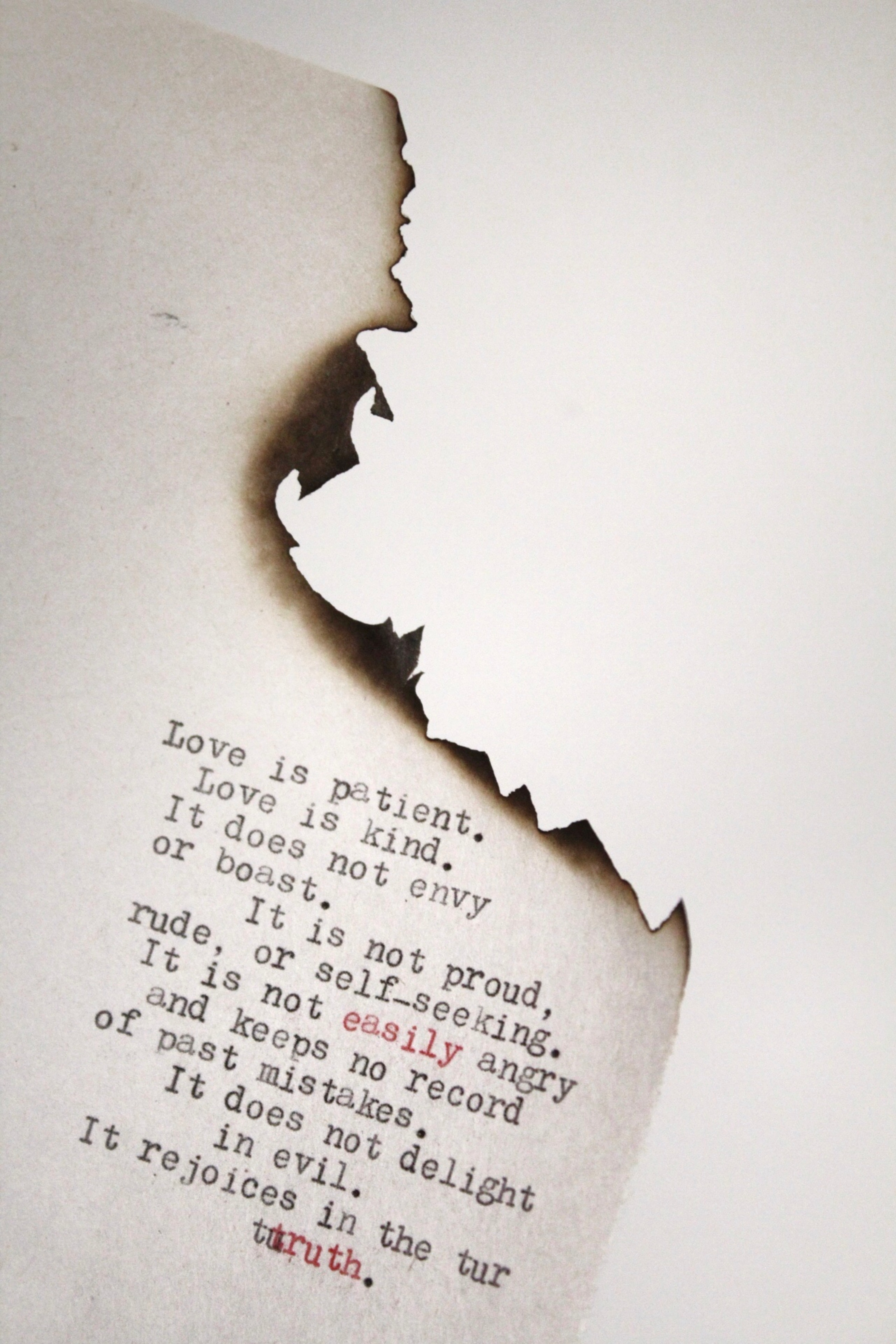Flowers and chocolates = love?
I spent some time in the rural villages of France last week. I was particularly struck by how uncommercialized the area was. There was scant reference to Valentine’s Day whilst here in England whether you love it or loathe it, it’s hard to avoid it! From pink and red-covered shop windows to piles of heart-shaped chocolate boxes, you’ll certainly know when Valentine’s Day is approaching.
It’s the celebration of love and romance that comes around on February the 14th of every year, a day when restaurants are completely booked up and engagement photos flood your social media feeds! But where did Valentine’s Day come from and why do we celebrate today in the way that we do? I have done some research and put an SMSC perspective on it.
The truth is, there’s some confusion about the real identity of St Valentine. There have been eight Saint Valentines throughout history, but there are two who most likely inspired the day itself.
There were two priests called Valentine said to have been executed by the Emperor Claudius II in the 3rd century AD, both on February 14th of different years! One was said to have been sentenced to death for performing marriages in secret, and the other arrested for helping prisoners. It is possible he sent a note to his beloved signed “From your Valentine” … sound familiar?
Clearly the origins of Valentine’s Day aren’t set in stone – there are actually quite a few theories about how it all began beyond the Valentine priests.!

The truth is, there’s some confusion about the real identity of St Valentine. There have been eight Saint Valentines throughout history, but there are two who most likely inspired the day itself.
There were two priests called Valentine said to have been executed by the Emperor Claudius II in the 3rd century AD, both on February 14th of different years! One was said to have been sentenced to death for performing marriages in secret, and the other arrested for helping prisoners. It is possible he sent a note to his beloved signed “From your Valentine” … sound familiar?
Clearly the origins of Valentine’s Day aren’t set in stone – there are actually quite a few theories about how it all began beyond the Valentine priests.!

In ancient Rome, the pagan fertility festival, Lupercalia, took place from 13-15th of February, which seems likely to be the basis for a celebration of love at this time of year. Then in the 5th century AD, Pope Gelasius declared the 14th of February a Christian feast day to honour Saint Valentine, likely to stop celebrations of the still-popular pagan Lupercalia festival!
It was in the 1300s that the date became overtly linked to love and romance – people believed this time of year was the beginning of birds’ mating season.
Geoffrey Chaucer’s ‘Parlement of Foule’, written in 1382, is widely thought to contain the first reference to St Valentine’s Day and romantic love (eros) . The day was then cemented in history by Shakespeare’s Hamlet in 1601, and by the 17th century people in Great Britain had started exchanging loving Valentine’s notes and letters.
In the 1840s, the first mass-produced Valentine’s Day cards were available, and the day soon became a huge commercial event.

So this long and eventful history led the celebration of love to become what it is today. Today is estimated that there are more than 1 billion Valentine’s Day cards sent every year across the globe!
DO YOU CELEBRATE VALENTINE’S DAY?
Today, Valentine’s Day is celebrated all across the world – the celebration is perhaps most popular in the United States, Canada, Great Britain and Australia, but it’s also widely celebrated in many other countries including France, Mexico and South Korea.
Sending cards, flowers or chocolates (or maybe all three!) remains common throughout the world – Valentine’s Day is second only to the Christmas season when it comes to number of greetings cards sent!
The dove is a common symbol for romance… but why? Plenty of Valentine’s Day cards are adorned with doves, and this comes from a medieval folklore belief that birds choose their partners on the 14th of February.
How about red roses? The most gifted Valentine’s Day bloom, the red rose is the flower associated Venus, the Roman goddess of love.
And what does Cupid have to do with it? Cupid is the Roman god of love and the son of Venus and Mars.
There are many myths and traditions associated with Valentine’s Day from different cultures with one commonality, they are all associated with connection between people.
As with many modern-day celebrations and holidays, we don’t often think about where they came from… maybe you will you be looking at Valentine’s Day in a different way this year?
SMSC reflection points. Perhaps share them in your staff room for colleagues to consider this Friday.
Spiritual – Who do you love? How do you show your love? How do you feel love? Apart from people what else do you love, e.g. countryside/nature or food?
Moral – Do you believe that the word “love” is used too frequently? What are the consequences of the overuse of the word?
Social – What can you do in your local community to show gratitude and appreciation for what is available for you?
Cultural – You have probably heard the phrase “Money makes the world go around” but do you believe that people and human connections is what truly motivates us? Is God love?

